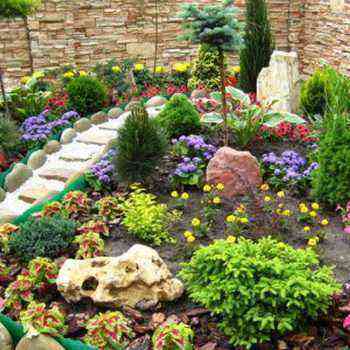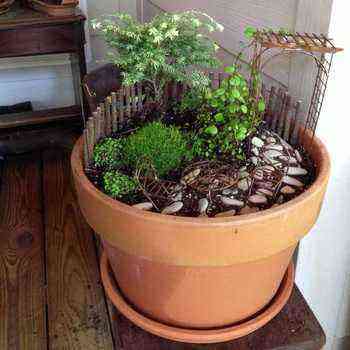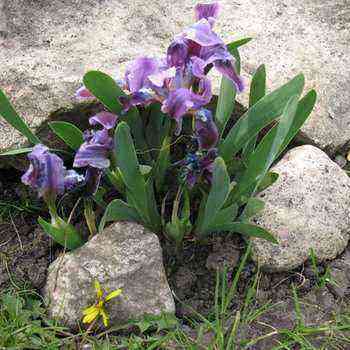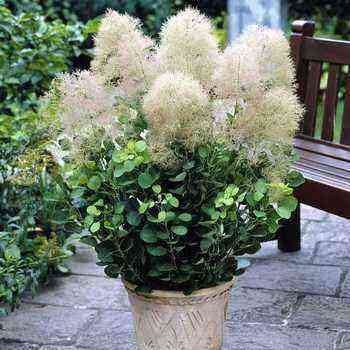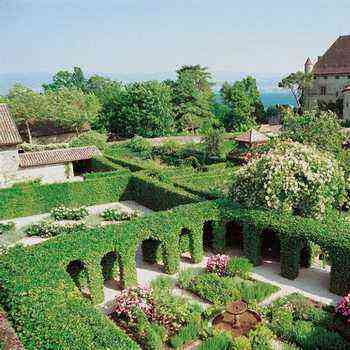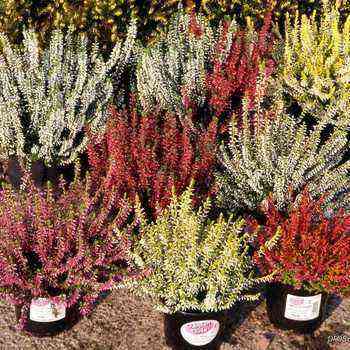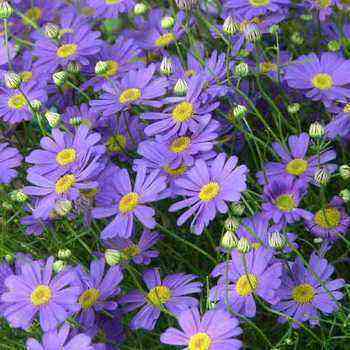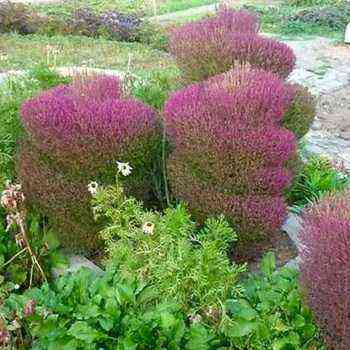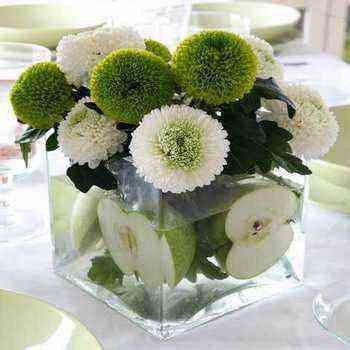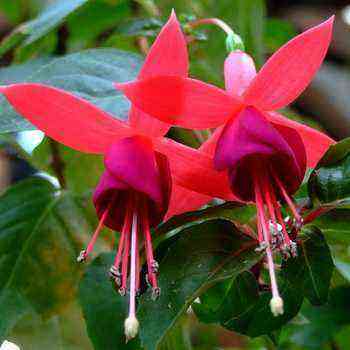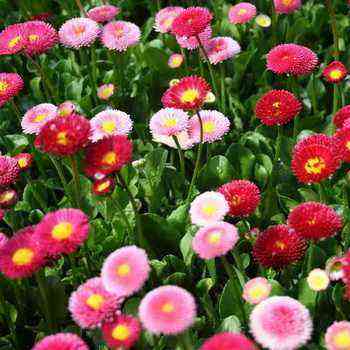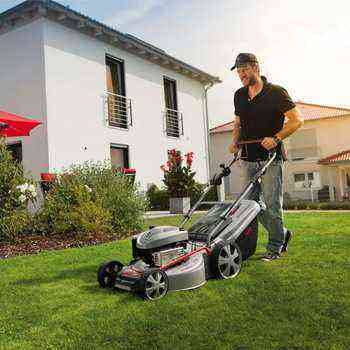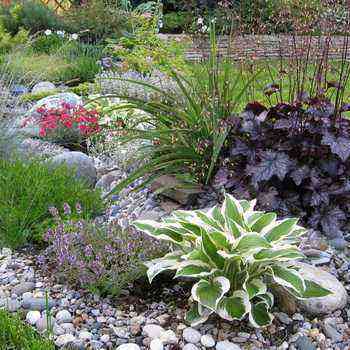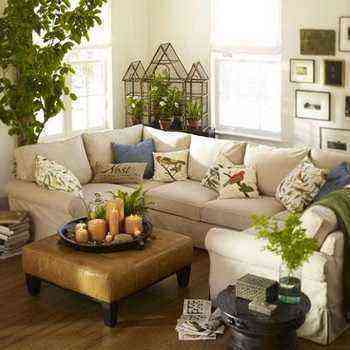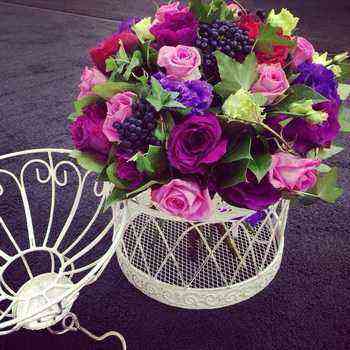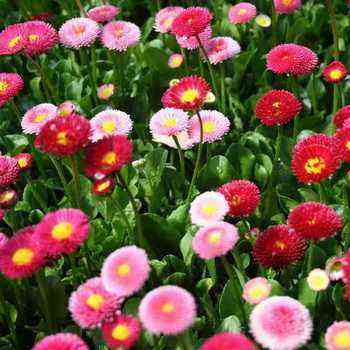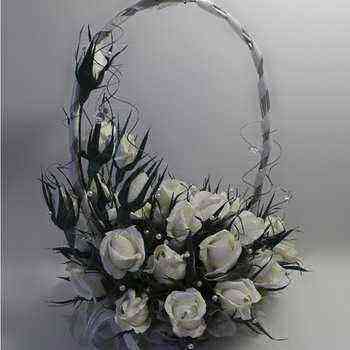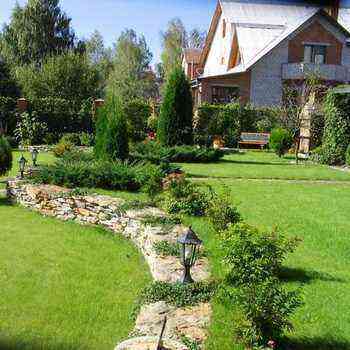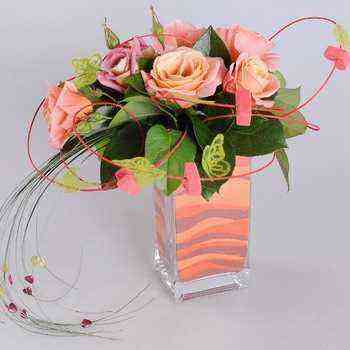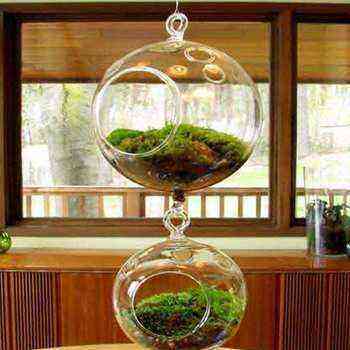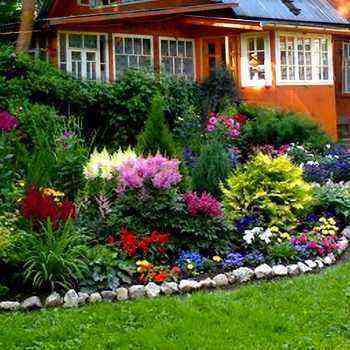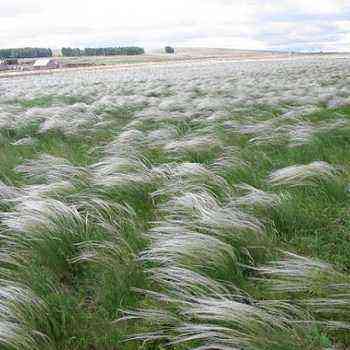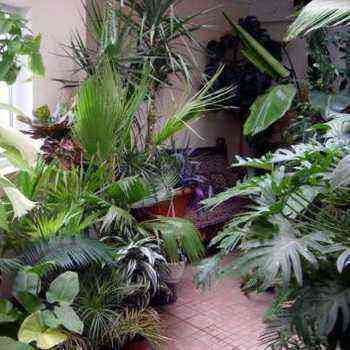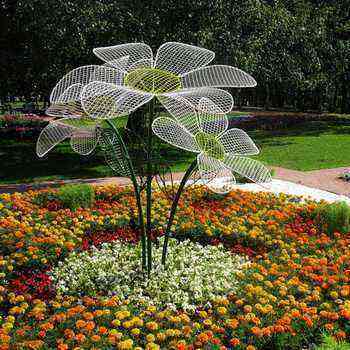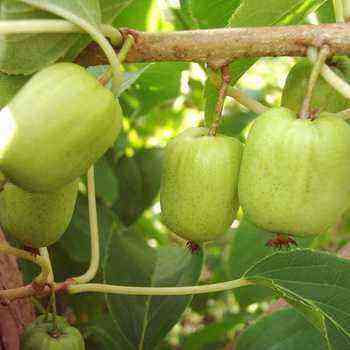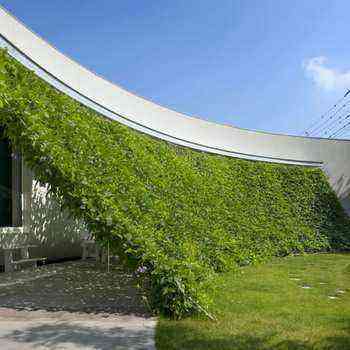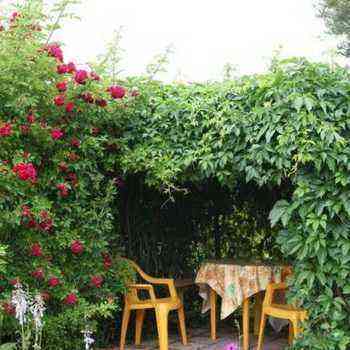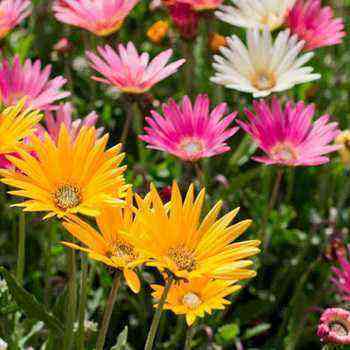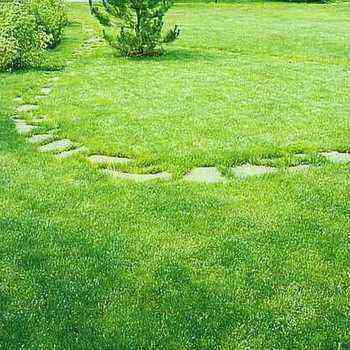 When doing flower decoration of a plot in the country with their own hands, gardeners most often break up flower beds, forgetting about other methods of placing flowering plants. Of course, it is difficult to build parterres or modular structures in a limited area, but borders or ridges are simpler to arrange, and the decorative effect of such elements is undoubtedly high.
When doing flower decoration of a plot in the country with their own hands, gardeners most often break up flower beds, forgetting about other methods of placing flowering plants. Of course, it is difficult to build parterres or modular structures in a limited area, but borders or ridges are simpler to arrange, and the decorative effect of such elements is undoubtedly high.
The creation of flower beds (in the general sense of this concept) is the final stage in the development of the site. This design element is embodied when paths have already been laid and the functional zones of the site have been determined, trees and shrubs have been planted, and a lawn has been made. Relatively speaking, these are the decorations that we get when we are fully ready to go out. It is the general concept of the site (taking into account the environmental conditions) and the buildings and plantings existing on it that dictate the style of the future flower decoration.
The layout of flower beds can be regular and free, which corresponds to two main styles in landscape architecture. The main types of flower decoration in a regular garden include borders, ridges, flower beds, parterres and modular flower beds. Landscape compositions are mixborders, bands, rockeries. Such forms of flower decoration as tapeworms, flowering plants in containers and flowerpots occupy a special place in the gardening of the summer cottage.
Parterre
Parterre is one of the ancient forms of floral decoration, although it can be not only floral, but also herbal, and even made of inert materials. On garden plots, such an element is rarely used, primarily due to the lack of space.
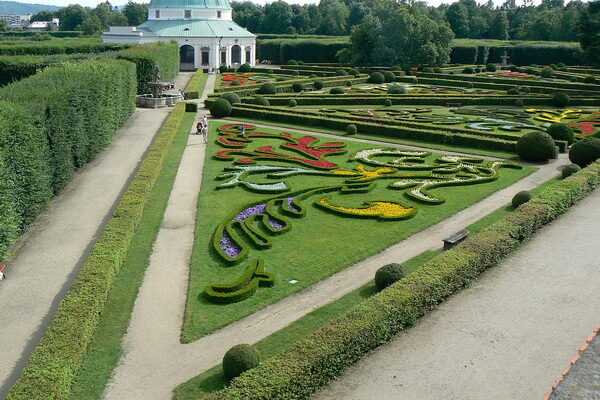
The drawing of the parterre, often very complex, in the form of a pattern or arabesque, is perceived only from some elevation. Most often, a parterre flower garden is made of carpet plants or annual border plants.
Flowerbed
A flower bed is the most common method of floral decoration in a regular style. This is a flower garden of the correct geometric shape in the form of a circle, oval, rectangle, etc. The size of the flower bed varies from 1 to 30 m in diameter. As a rule, plants in a flower bed are planted in the form of a complex pattern. To preserve the shape of the pattern, use low-growing compact varieties of annual flower crops or plants from the carpet group (irezine, achirantes, maiden feverfew, gnafalium, etc.)
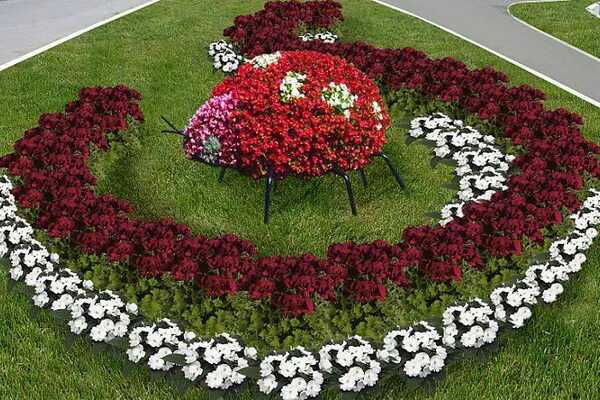
For better perception, the flower bed is usually placed against the background of the lawn, while the edges of the flower garden should be raised 15-20 cm above the soil level.If the diameter of the flower bed is more than 5 m, its surface is made slightly convex – with a slope of 5-10% (for each meter of radius the surface rises by 5-10 cm).
If the flower bed is small in area (no more than 5m2), you can limit yourself to 2-5 species or varieties of flowering plants. In large ornamental flower beds, an increase in the species composition up to 8-10 is allowed.
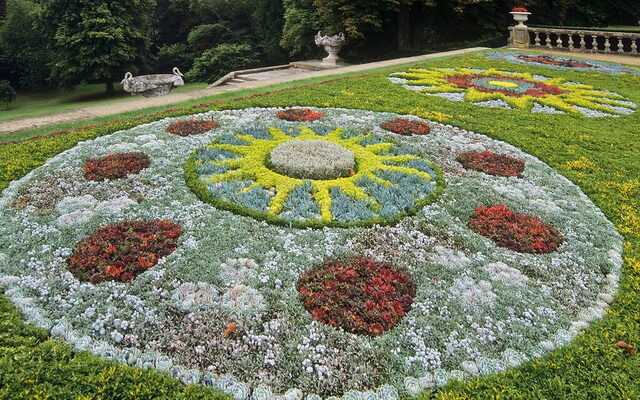
Recently, the use of small architectural forms (vases, tubular large-sized indoor plants) on flower beds has become more and more popular. It should be borne in mind that the height of such an element should be no more than 1 / 3-1 / 4 of the diameter of the flower bed.
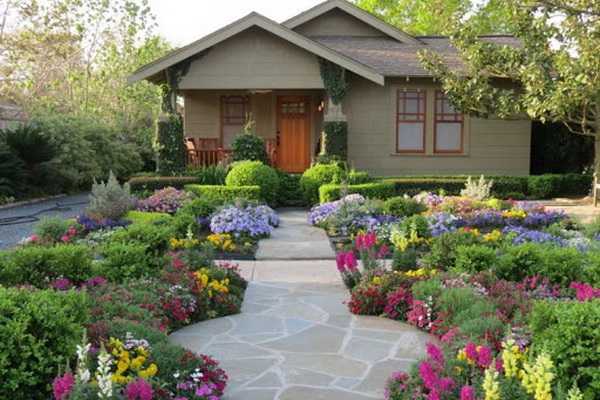
On the garden plot, the flower beds look good near the front entrance to the house, under the terrace windows, so that the drawing is perceived from a certain elevation. And of course, the size of the flower bed is determined by the size of the plot.
If you need a flower garden of long-term decorativeness, you need to use a removable flower arrangement: in the spring, plant bulbous (tulips, daffodils, hyacinths, small-bulbous), as well as early-flowering biennials (viola, forget-me-not, daisy), which are then replaced with annuals and carpet plants.
Border
Border – a low and dense border, as a rule, from the same plants that do not require large areas. The curb is most often made up of one type of low-growing compact plants, which are called “curb”. Borders border the flower beds along the contour, are located along the paths or along the edge of the lawn. The width of the curb does not exceed 0,5 m, the height of the planted plants ranges from 20 to 40 cm.
Pay attention to the photo – such an element of floral design suggests a contrast of border plants in color with the main decorative species:
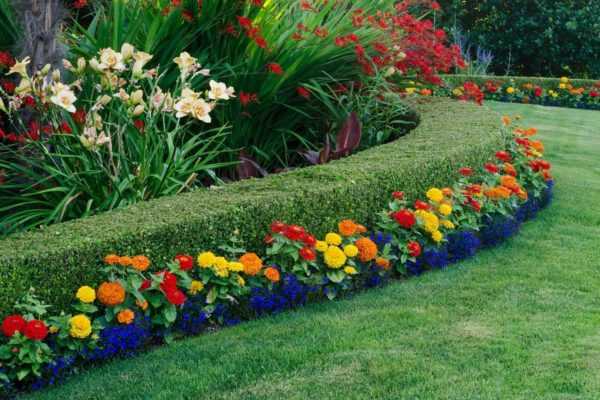
From annual flower crops, you can use the Mexican ageratum, sea alyssum, rejected marigolds, ever-flowering begonia, seaside cineraria. Among perennials, undersized varieties of asters, prominent sedum, hosts, heart-shaped tiarella, etc. are especially popular.
Rabatka
Rabatka is a very spectacular narrow rectangular strip of land 50 to 150 cm wide (maximum width up to 3-4 m). The name of this type of flower arrangement comes from the German word rabatte, which means “garden bed”. The length of the bed must be at least three times the width. Rabatki are placed on a background or, most often, along the tracks – both on one and on both sides.

Rabatki can be of the same height; one-sided, when tall plants are located in the background, and undersized plants are in the foreground, or two-sided, designed for viewing from both sides. In this case, tall plants are located in the center, and undersized at the edges.

When choosing an assortment for ridges, it is necessary to observe the principle of proportionality: the tallest plants should not exceed in height the width of one-sided ridges and 2/3 of the width of double-sided ones. The average plant height should be approximately 1/4 to 1/2 of the width of the bed.

Along the walls of houses and along the fence, one-sided ridges are more appropriate, along the paths – single-height and double-sided. Plants are planted in a simple geometric pattern of two or three colors. The design of an ornamental rabatka usually consists of rhythmically alternating elements. If the length of the bed is long enough, they use the method of alternating bed and flower beds or simply interrupt the bed with a lawn or sections of asphalt. Very often, accents are used when decorating a discount. In this case, the main pattern of the bed or the bed itself is interrupted by an accent – a tall perennial or ornamental shrub.
Modular flower garden
Modular flower beds have become one of the hallmarks of a modern garden plot. The area allocated for the creation of a modular flower garden is divided into regular elements – a square, a rectangle, a hexagon, a circle. A certain module of a certain size is taken as the basis for creating a modular flower garden. The space between the modules can be tiled or cut from trees, covered with chips or gravel.
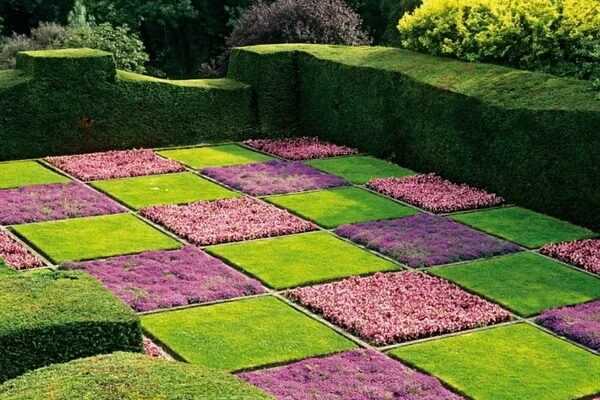
Realizing this idea of flower decoration for a summer cottage, the modules themselves can be planted with annual or perennial flowers, roses, conifers, or combined with lawn areas. For example, a modular plot of roses, conifers, rhododendrons, hydrangeas and a lawn looks very impressive. Modular flower beds are also convenient if you collect any one crop – dahlias, phloxes, hosts, etc. Modular flower beds using aromatic plants and vegetables are especially popular.
Tapeworm
Solitaire translated from Latin means “lonely”. This is the name of a free-standing plant. From flower crops, species that are stably decorative from spring to autumn are used as tapeworms (rose, peony, volzhanka, hosta, etc.).
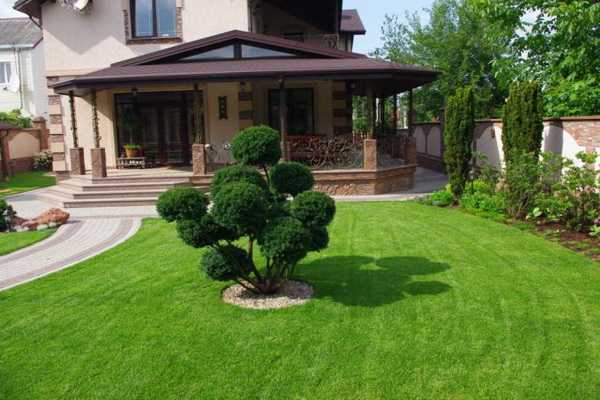
Plants with large, showy flowers or small flowers collected in large inflorescences, as well as species with an original shape or color of leaves, are suitable for planting specimens. When placing tapeworms, it must be remembered that the distance from the point of view to the plant should be equal to two or three of its heights. A beautiful single plant is appropriate not only against the background of the lawn, but also near the entrance to the house and at the bend of the path.
